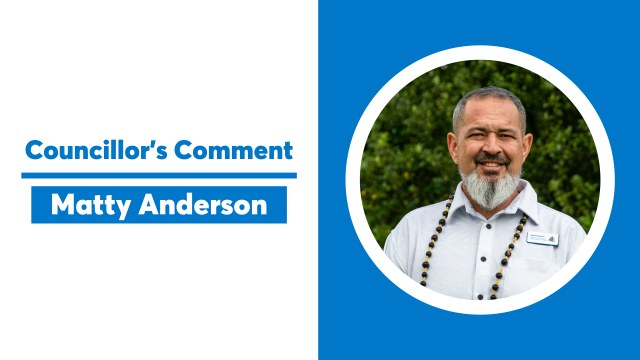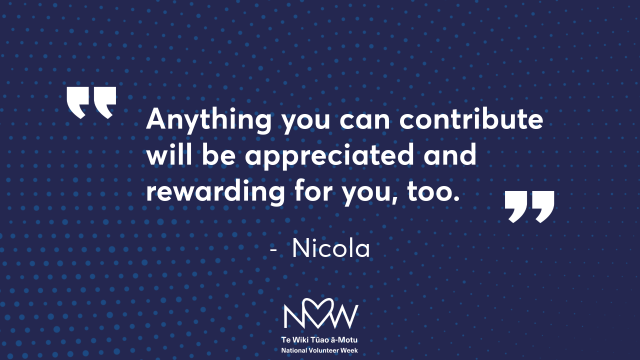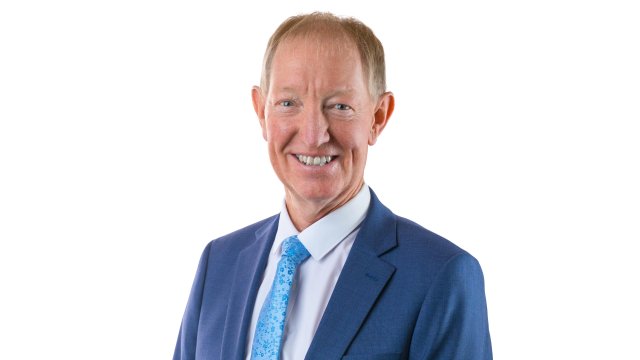Astrid Sayer: making Nelson a cozy connected place
15/01/2024 2:10pm
With a Danish mum and a dad from New Zealand, Astrid Sayer feels equally at home in both Copenhagen and Nelson. As she prepares to spend 2024 in Denmark, she reflects on what makes Nelson special, and shares her ideas on bringing a buzz to the inner city.
“While I’ve got roots in both Denmark and New Zealand, Nelson is really the place where I’ve grown-up. Like my parents did, many people choose Nelson to raise their families. There’s such a strong community feel. It’s like a village - there are so many people that know you and your family. We’ve all got networks and connections. It’s that experience of walking down Trafalgar Street and seeing at least five people that you know. As a young person, there’s two sides to that familiarity. It does feel incredibly supportive and is great for your mental wellbeing, but sometimes it feels like you can’t escape the scrutiny!”
Spending time in both Denmark and New Zealand has given her insight into the differences and similarities of the two cultures, as well as an appreciation of her lifestyle in Nelson.
“There’s a Danish word ‘hygge’ - it’s not easy to translate but it’s a concept of coziness, comfort and feeling like home. It’s an important concept in Denmark, especially in Copenhagen. Even in the middle of winter you can walk around the city, and it still feels cozy and familiar. In contrast, I was recently in Singapore as part of a travel scholarship. It is quite a futuristic city, crazy clean, and with amazing transport systems, but it also celebrates its tropical location with super lush green spaces where you just want to hang out.”
For Astrid, it’s all about recognizing and enhancing what is unique to Nelson.
“I love travelling, but for me, I don’t think anywhere has the same feel as Nelson. Of course, there are ideas we can borrow from other cities, like the pedestrianised streets in Copenhagen or the wonderful greenery of Singapore, but it’s also understanding what is special about Nelson and building on that. It’s about what we do with the space and the infrastructure to enhance the best parts of Nelson to bring the best vibe.”
The new eBus service and the bus hub are recent examples of enhanced services and infrastructure that she’s noticed.
“I’ve been a bus user for a while, and the new eBus service is amazing. I’ve noticed a lot more people using the bus, and not just the same regulars as before. I like the redesigned bus hub too; it’s fostered a real community feel. People are sitting there in the sun and they're helping each other read the timetables. I think there's a lovely vibe down there now.”
When she’s in the city you’ll find Astrid searching for that perfect bargain at her favourite op-shops, going to the movies, or exploring different eateries.
“Whether it's kai at the Saturday market, a food truck in Kirby Lane or cafes like Victus or Red, there’s usually a good vibe going.”
While she enjoys coming into the city, not all her friends feel the same way.
“I went to Nayland College, so I know a lot of people who live in Stoke and Richmond and they don’t currently feel a pull to come into Nelson city. I think Nelson is great at individual events, but having a more consistent buzz is something that I think we could work on - I definitely think the city could do with a bit of a zhoosh. I’d love to see more green spaces in town, and ideas like pedestrianising more streets would mean the buzz from places like Kirby Lane could flow out to other areas of the city.
“It’s really about putting in place infrastructure that nurtures our community ‘feels.’ If the city looks and feels good, then we all feel good about it too.”
Making sure everyone feels safe moving in, around and through the city is a priority for Astrid, and she supports infrastructure changes encouraging all modes of active transport.
“I don't always feel safe when I'm on my bike and I am quite put off biking around town. For example, even though there's a bike lane by the Suter Art Gallery on Bridge Street, the bike lane is narrow enough that a car door could cross it. The risk of someone opening a car door and wiping me out is pretty high - so it's one of those places that I'm always on high alert. I have to be in the right headspace to bike, and it shouldn't be like that.”
She’s found the attitude in Denmark to cyclists and cycling is so different from New Zealand.
“When you learn to drive in Denmark, you learn to check everywhere for bikes, and the bikes always have right of way. Here, sometimes drivers seem to be frustrated with cyclists. You know, I'm annoyed too. I know I'm in their way but don't want to be in their way. I want to be nice and safe out of their way. I feel biking should be encouraged as an alternative option to driving because it’s good for the environment and for our health. So, any changes we can make that make it safer for everyone will be great.”
She feels positive about the Bridge to Better project enabling more people to live in the inner city.
“If we're bringing more people into the city, then we are helping local businesses, retail, and hospitality. There’ll be a more vibrant nightlife and a buzz around town. Having more focus on people living in the inner city also frees up other areas to be our parks and recreation, where we can really connect with nature.”




